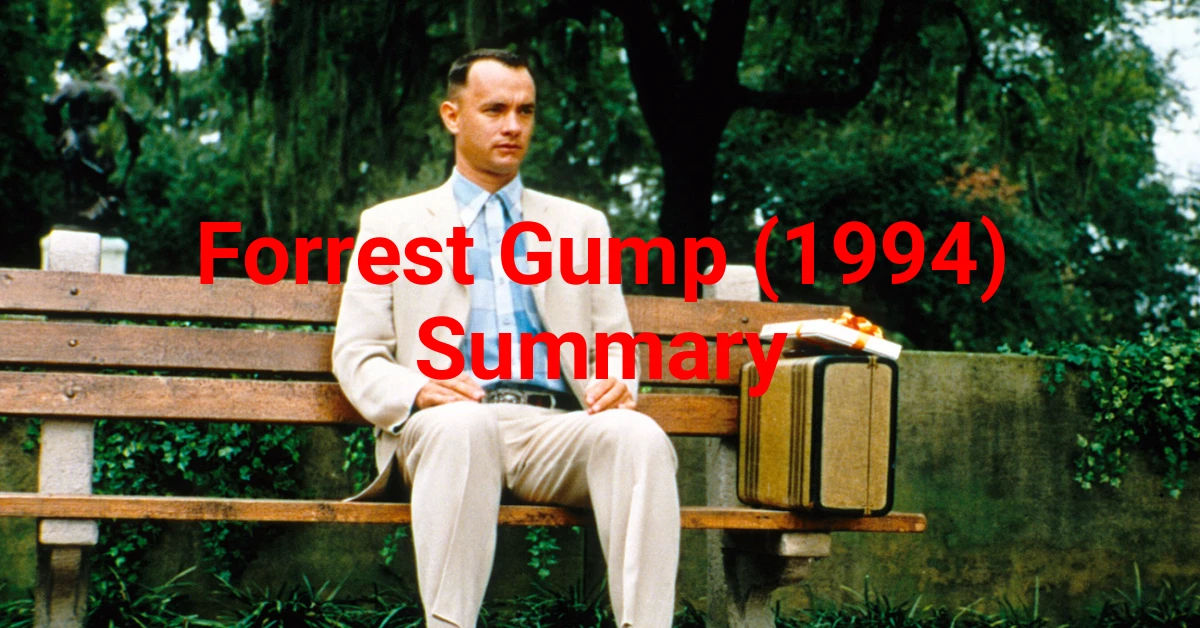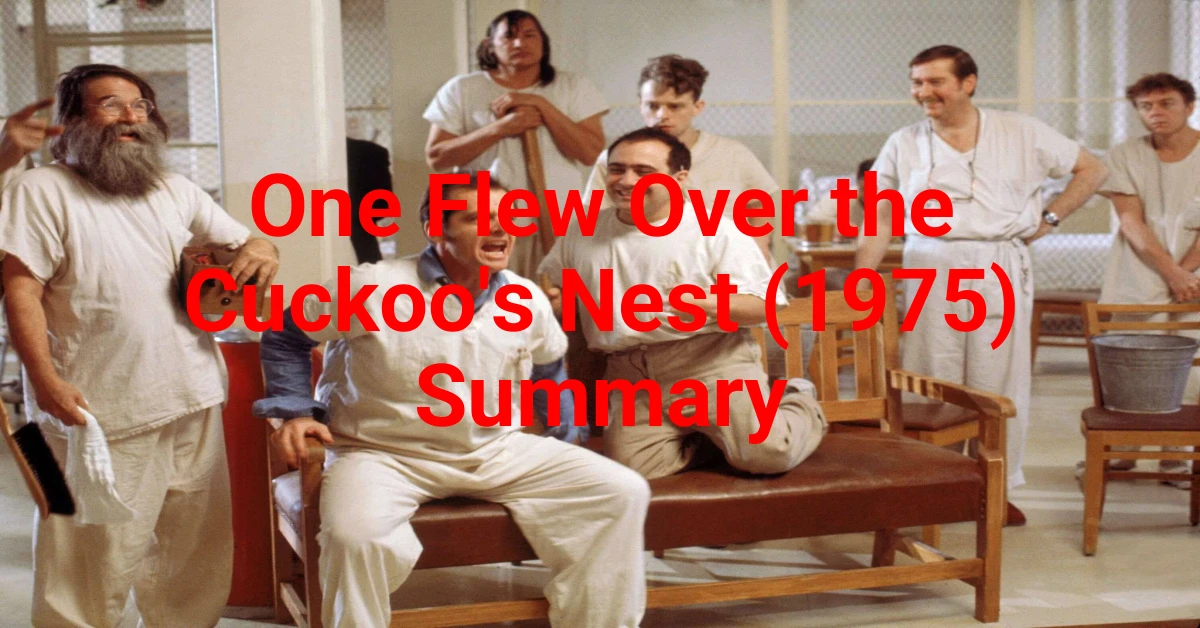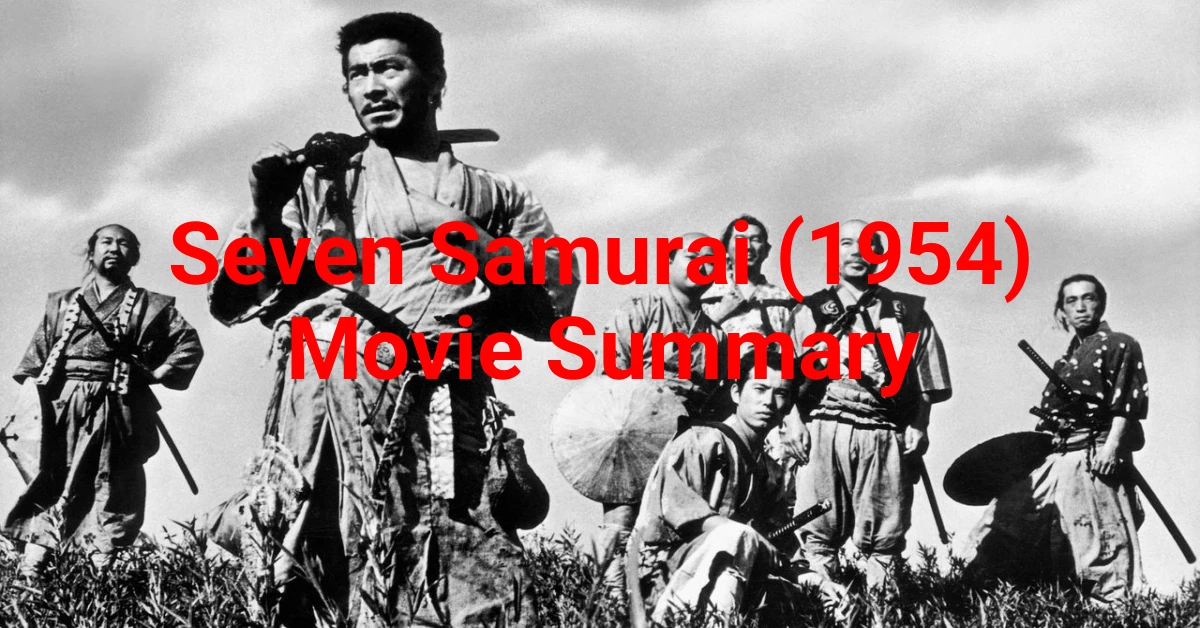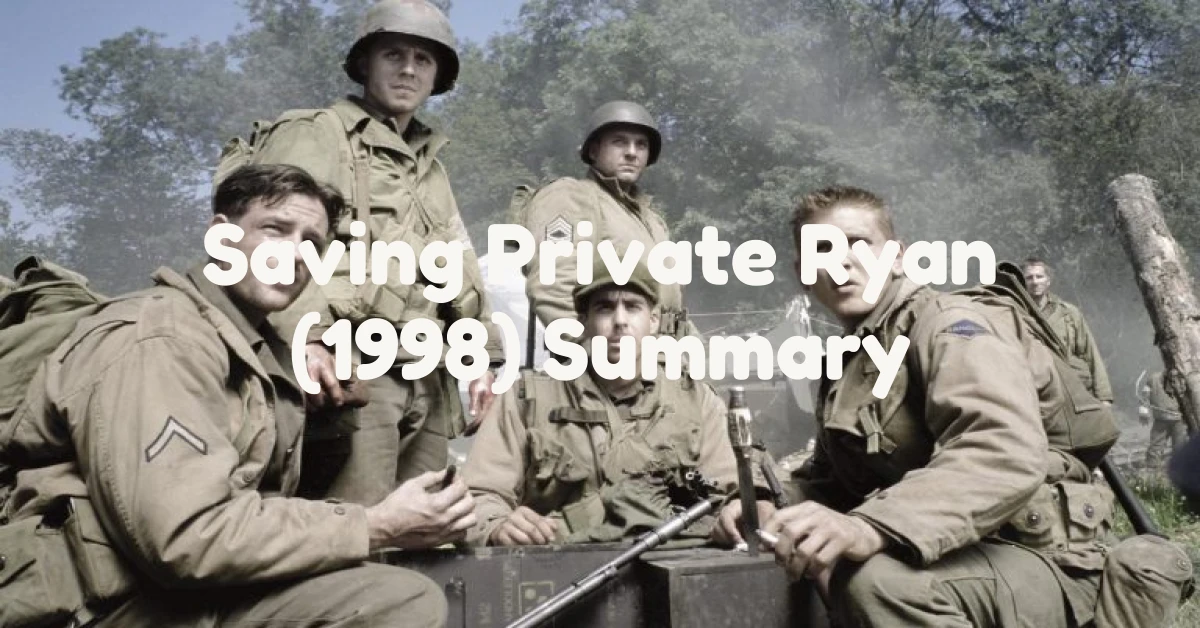Overview of “Forrest Gump” Movie
“Forrest Gump” is a timeless American drama film directed by Robert Zemeckis and released in 1994. This iconic movie weaves together elements of drama, comedy, and romance, creating a heartwarming and unforgettable story that follows the life of an ordinary man with an extraordinary spirit.
Movie Summary
Act I – The Setup
The movie opens with a feather drifting through the sky, setting a dreamy tone as we are introduced to the protagonist, Forrest Gump, played by Tom Hanks. Forrest, a man with a low IQ, narrates his life story while waiting at a bus stop. From his childhood in Alabama to his time serving in the Vietnam War, we witness Forrest’s unique perspective on the world around him.
Act II – Conflict and Turning Point
Forrest’s life is marked by a series of challenges and triumphs. Despite his intellectual limitations, he excels in various areas, becoming a college football star, a war hero, and a successful shrimp boat captain. Along the way, Forrest crosses paths with significant historical figures such as John F. Kennedy and Elvis Presley, unwittingly influencing major events in America’s history.
One of the central conflicts in the film is Forrest’s unrequited love for his childhood friend, Jenny Curran, played by Robin Wright. Jenny, who struggles with her own demons, drifts in and out of Forrest’s life, leaving him heartbroken yet steadfast in his love for her.
Act III – Climax and Resolution
The climax of the movie comes when Forrest discovers he is a father and meets his son for the first time. This pivotal moment prompts Forrest to reflect on his life, leading him to realize the profound impact he has had on those around him. The film culminates in a poignant and bittersweet reunion between Forrest and Jenny, where old wounds are healed, and new beginnings are forged.
As the movie draws to a close, we see Forrest sending his son off to school, symbolizing the cyclical nature of life and the enduring legacy of love and resilience that defines Forrest’s journey.
Forrest Gump is a cinematic masterpiece that transcends genres and generations, captivating audiences with its touching story, memorable characters, and powerful message about the beauty of simplicity and the resilience of the human spirit.
Have you seen this film? Share your thoughts below!



